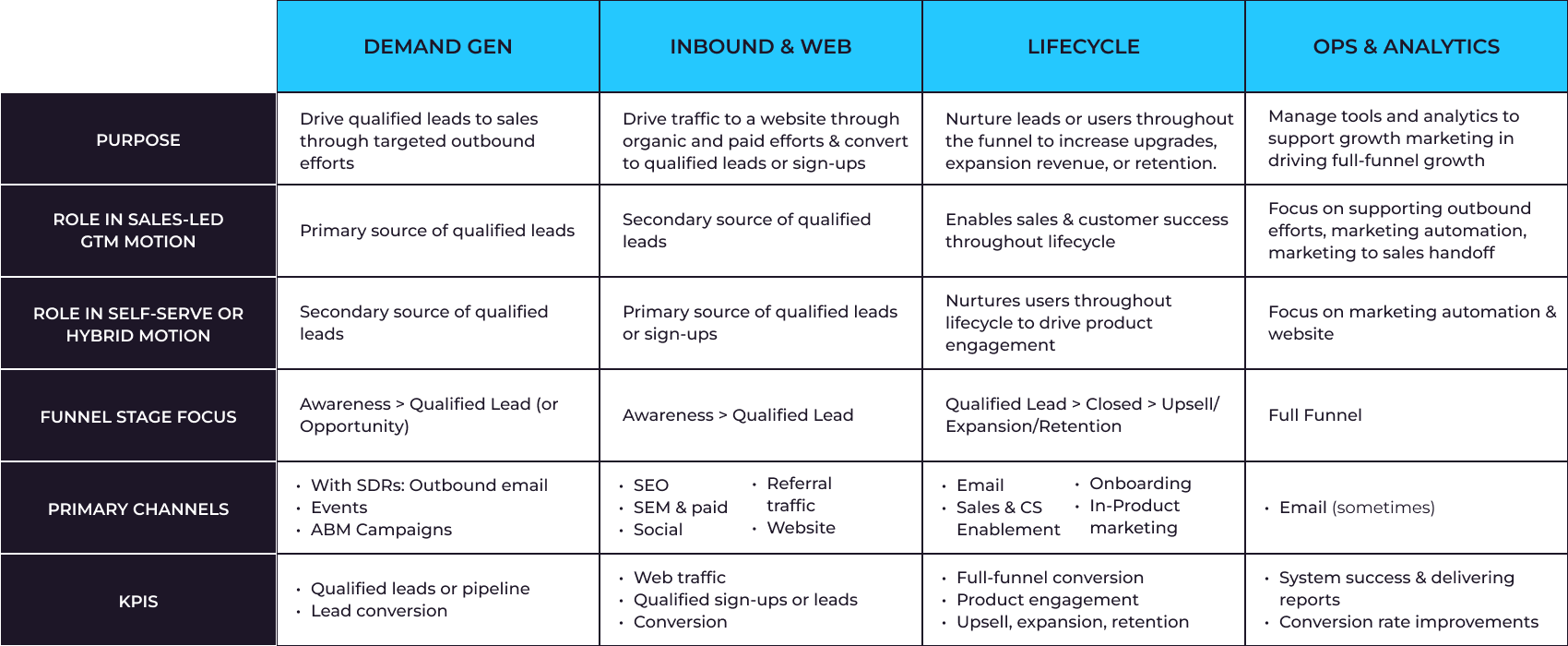
The African Bricks 3. Mosaic artworks inspired by the culture and beauty of Africa, by Charis Tsevis.
The Cello in Soho Square. I like this description by Michael Lopp of the difference between “dabblers” and “S-tier” people (who are the absolute best at something): “There is an infinite list of exciting things to learn, but the Dabbler knows they have finite time, so they dabble. They get 80% of the juice, and they move on. Respect. S-Tier knows the last 10% of the challenge is the hardest, but it also teaches you the most.”
Physicists Say Aliens May Be Using Black Holes as Quantum Computers. This is fine. “In a recent study, a German-Georgian team of researchers proposed that advanced extraterrestrial civilizations (ETCs) could use black holes as quantum computers. This makes sense from a computing standpoint and offers an explanation for the apparent lack of activity we see when we look at the cosmos.”
Honestly, it’s probably the phones. Don’t dismiss this argument just from the headline, like I almost did. There’s some solid evidence presented here. “If we’re looking for one big ‘silver bullet’ or ‘grand unified theory’ of modern teenage unhappiness, phones are probably the place to start looking.”

Papercraft Models by Rocky Bergen. “Construct the computer from your childhood or build an entire computer museum at home with these paper models, free to download and share. Print, Cut, Score, Fold and Glue.”
In an Uncertain Job Market, How Can Companies Retain Workers? The conventional wisdom that people tend to hunker down when there are layoffs around them might not be accurate: “Layoffs ‘create an environment where people worry it might happen to them next,’ said Laszlo Bock, who was Google’s SVP for people operations. Poorly handled reductions may ‘degrade trust in management as people start hearing rumors of further cuts, and that in turn raises anxiety, which causes more people to quit.’” (NYT gift article)
How the Phonograph Created the 3-Minute Pop Song. I can’t resist a good “technologies people thought would ruin everything” article, and this is another fascinating one: “Plenty of folks worried that records would destroy musical culture. John Philip figured it would demotivate anyone from learning to play an instrument themselves. Why bother, when you could just put on music by a true virtuoso? ‘When music can be heard in the homes without the labor of study,’ he fretted in a 1906 article, ‘it will be simply a question of time when the amateur disappears entirely.’”
The Case for Hanging Out. I love this essay. “Pushed further into isolation by the pandemic, we’re all losing the ability to engage in what I view as the pinnacle of human interaction: sitting around with friends and talking shit.”
Explore. I think it’s probably too late for a viable LinkedIn alternative, but this site would be a great contendor.



